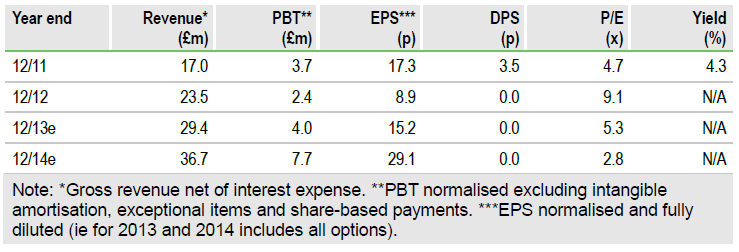Core Earnings
By WILL KENTON Updated Jun 11, 2020
What Are Core Earnings?
Core earnings are the profits derived from a company's main or principal business, which does not take into consideration some of the expenses related to the main activities, as well as nonrecurring income or expense items that lie outside of the normal business.
Core earnings as an earnings measure are not recognized as a generally accepted accounting principle (GAAP) concept; instead, it is used by management and investors to ascertain the profitability of the underlying business and to help identify opportunities to minimize or shed non-core activities of the business.
KEY TAKEAWAYS
Core earnings are the profits derived for the primary business of a company. It excludes nonrecurring income and expense items, as well as subtracting certain expenses related to the primary business.
Generally accepted accounting principle (GAAP) rules do not take into consideration core earnings as a reportable metric.
The purpose of evaluating core earnings is for management and investors to determine the profitability of a company's main business and to divest of any non-essential activities and to find related opportunities.
In 2002, Standard and Poor's (S&P) defined what items should be included and excluded from core earnings and took steps to report it for companies in its equity indexes.
Understanding Core Earnings
Accounting statements contain earnings associated with normal business activities, as well as those associated with nonrecurring or side items. Core earnings eliminate noise in the profit and loss (P&L) statement by removing line items such as extraordinary gains or losses during a period, restructuring charges, write-downs for impairments, income, or losses from equity-accounted investments, and charges for discontinued operations.
By taking out these nonrecurring items, a cleaner look at the underlying business is produced for all interested parties. For management, keeping track of core earnings can illuminate areas that add some volatility to reported numbers.
The company could take action to dampen the volatility by, for example, getting rid of an asset that has caused an impairment loss or a restructuring charge. For investors, seeing core earnings enhances their capacity for valuation analysis and relative value analysis of core earnings of companies in the same sector.
Core earnings will also help investors make adjustments to price multiples such as price-to-earnings ratio (P/E), price-to-forward earnings (Forward P/E), price-to-cash flow ratio (P/CF), and others, but instead of "P/E," for instance, "Core P/E" will become the metric of focus.
Standard & Poor's Core Earnings
In 2002, Standard & Poor's (S&P) introduced a new definition of core earnings that was intended to define operating earnings from primary business activities in a consistent form for companies. The goal was to improve the consistency of financial reporting and to make earnings reports easier to understand for investment analysts.
S&P laid out the following items to be included or excluded from core earnings reporting:
Included:
Employee stock option grant expenses
Restructuring charges from ongoing operations
Write-downs of depreciable or amortizing operating assets
Pension costs
Purchased research and development (R&D) expenses
Excluded:
Goodwill impairment charges
Gains/losses from asset sales
Pension gains
Unrealized gains/losses from hedging activities
Merger/acquisition related expenses
Litigation or insurance settlements and proceeds1
The S&P announced that it would publish core earnings for all of the companies in the S&P equity indexes, including the S&P 500, and that core earnings will be used in the analysis of its debt rating activities.
Real World Example
One of the first numbers an investor pays attention to is earnings per share (EPS). At first glance, The Procter & Gamble Company (PG) may have alarmed investors that it earned only $0.93 per share in the second quarter of its 2018 fiscal year. However, core EPS was $1.19 as it "excludes non-core restructuring charges and U.S. Tax Act transitional impacts," according to the company statement.
The latter involved a revaluation of a net deferred liability position associated with a repatriation tax charge on earnings abroad. This was a one-off item that would not recur. Procter & Gamble in the same press release continued the differentiation between core earnings and GAAP earnings by providing forward guidance of EPS for both. This type of guidance that separates the two types of EPS numbers helps to provide a clearer picture of the company's core business.
